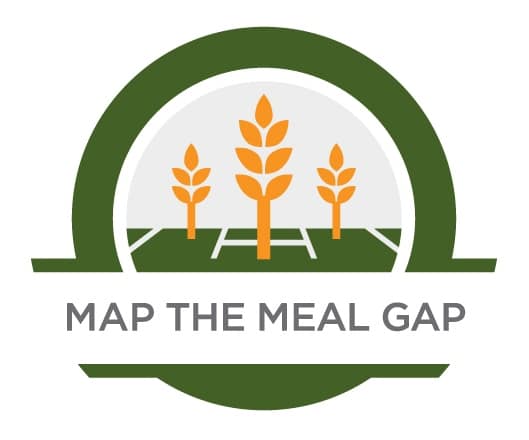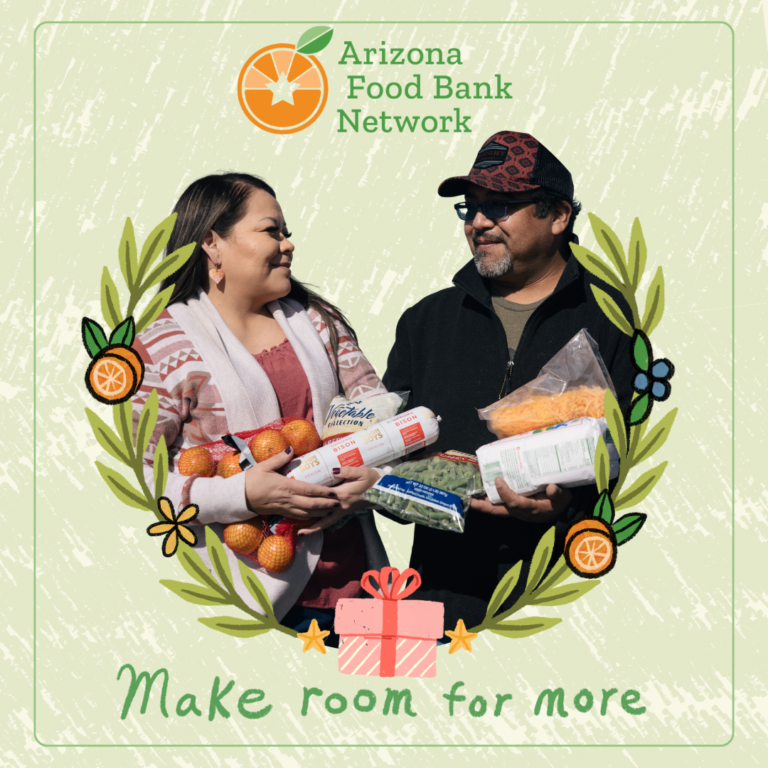On September 22, 2011, the U.S. Census Bureau released new American Community Survey data on 2010 poverty levels, income and health insurance coverage by state, county, city, age, and other demographic indicators. Collectively this data illustrates the continued ill effects of a lasting recession on poverty and hunger levels throughout Arizona when compared to 2009 data.
The Census released Current Population Survey (CPS) data on September 13 showing almost one in five (18.6%) Arizonans lived in poverty in 2010, tying Arizona with New Mexico for the fifth highest percentage of individuals living in poverty. While this was a decrease from the 2009 level (21.2%), it still represented a 30% increase over the pre-recession 2007 poverty level of 14.3%. However, two-year CPS estimates, which are considered more statistically stable, show poverty in Arizona actually increased slightly from 19.6% in 2008-09 to 19.9% in 2009-10, and the 2008-10 three-year CPS poverty estimate for Arizona is 19.2%. Federal Poverty Level (FPL) guidelines in 2010 were set at an annual gross income of $22,050 for a family of four.
The 2010 American Community Survey released today shows one in four (24.4%) Arizona children aged 18 and under lived in poverty in 2010, ranking Arizona 15th highest in the U.S. This was a 4.3% increase over the 23.4% level in 2009. Perhaps most alarming, almost half (48.4%) of Arizona’s children lived at or below 185% of the FPL (this threshold is commonly defines the term “working poor”; 36.3% of all Arizonans are considered working poor), the 4th highest mark in the U.S. Nationwide, child poverty in 2010 was 21.6%, an alarming 8.6% increase over 2009 levels, showing that Arizona is not isolated in its struggles to combat child poverty.
By Arizona county, Apache County had the highest child poverty rate at 40.1%, followed by Navajo County at 35.1%, both decreases from 2009. However, 23.4% of children in Maricopa County lived in poverty in 2010, representing a 7% increase over 2009 levels. In Pima County, 24.7% of children lived in poverty in 2010, a 5% decrease from 2009 levels.
“The overall increase in child poverty in Arizona, perhaps best reflected by the increase in Maricopa County, shows that families are still struggling and that poverty is not simply a rural issue,” said Ginny Hildebrand, president and CEO of the Association of Arizona Food Banks (AAFB). “We know children living in poverty oftentimes do not receive the nutrition they need to grow up healthy and perform well in school.”
By Arizona county poverty rates, Apache (34.2%; 6% decrease over 2009), Navajo (27.6%; 1.1% increase over 2009) and Coconino Counties (25.9%; a staggering 41.5% increase over 2009) had the highest levels of poverty in 2010. Pinal (13.7%; unchanged from 2009), Cochise (16.0%; 6.7% increase from 2009) and Maricopa Counties (16.5%; 8.5% increase from 2009) had the lowest levels of poverty in 2010. For comparison, 17.8% of individuals in Pima County lived in poverty in 2010, a 7.7% decrease from 2009.
By Arizona metropolitan area poverty rates, Tempe (26.1%; 36% increase over 2009), Flagstaff (25.9%; not tracked in 2009) and Tucson (23.5%; unchanged from 2009) had the highest levels of poverty in 2009. Gilbert (6.9%; 1.4% decrease from 2009), San Tan Valley (7.1%; not tracked in 2009) and Scottsdale (7.9%; 8.1% decrease from 2009) had the lowest levels.
In general, child poverty rates mirrored general population poverty rates closely for both counties and cities, but they were typically higher, further illustrating the severity of increasing child poverty in Arizona.
Rising poverty is also evident in the surge of participation in the Supplemental Nutrition Assistance Program (SNAP, formerly Food Stamps). A record 1,123,333 Arizonans received SNAP benefits in August, 2011, a 7.2% increase over one year ago. In addition, AAFB member food banks distributed over 1.13 million Emergency Food Boxes (a 3-5 day supply of food) in 2010, another Arizona record, and are on pace to do so again in 2011.

